Let's get into how the Scoville Scale quantifies the heat of chili peppers by measuring their capsaicin strength in Scoville Heat Units (SHU), and learn where popular peppers land on the scale from mild to blistering.
This post also explores the historical roots of the scale (invented by pharmacist Wilbur Scoville in 1912) and how understanding it can deepen your appreciation and precision when cooking with spicy ingredients.

Table of Contents
Jump to:
- What is the Scoville Scale?
- Is the Carolina Reaper Really the Hottest Pepper?
- Scoville Scale (Average SHU Range) with Place of Origin/Popularity
- Popular Chili Pepper Pairings
- Spicy Recipes
- Tips for Handling Hot Peppers
- Sound Like Chili Peppers but Are Not
- Pepper Pastes with SHU
- Health Benefits and Risks of Spicy Peppers
- What Helps Relieve Chili Pepper Heat from Spicy Foods?
- What is Your Favorite Hot Sauce? I Can't Live without Spicy Food!
- Cooking Tips and Tutorials
- Frequently Asked Questions
- Leave a Comment or Ask a Question
What is the Scoville Scale?
It's a popular scale used to measure a chili pepper's heat level. The higher the number on the Scoville scale, the hotter the pepper. It's on a scale because the pepper's heat falls under a particular range. The chilies get their heat from the capsaicin, which is responsible for the irritation, pain, or burning sensation you may feel.
All spicy peppers have a certain concentration of capsaicin, hence the use of SHU, Scoville Heat Units (NIST.gov), to determine where it falls on the scale. So let's give Scientist Wilbur Scoville, an American pharmacist (Wikipedia), a shout-out for creating this method in 1912. The Scoville Scale below shows the Carolina Reaper as the hottest chili pepper.

Scoville Heat Units (SHU)? This measures the perceived spiciness of chili peppers by quantifying the concentration of capsaicin, the compound that causes heat.
Is the Carolina Reaper Really the Hottest Pepper?
There are many hotter peppers, but the hottest pepper consumed is the Caroline Reaper. On September 17, 2022, a brave man named Gregory Foster ate 10 of these bad boys in 33.15 seconds (Guinness World Record).
Another guy, Mike Jack, ate 50 in 6.49 seconds on November 5, 2022 (The Guardian). Both are in the Guinness World Records. Two of the many peppers hotter than the Caroline Reaper (Wikipedia) are the Komodo Dragon, with 1,400,000 to 2,200,000 SHU, and Pepper X (Wikipedia), with 3,180,000 SHU.
Recommended Reads
- Butternut Squash Chicken Chili
- Prepping Chili Peppers
- Easy Spicy Turmeric Calabrian Chili Pepper Wet Rub
- Meet the Scotch Bonnet Pepper: Caribbean Heat with a Fruity Twist
- How to Prep Sweet Peppers | Bell Peppers and More

Scoville Scale (Average SHU Range) with Place of Origin/Popularity
| SHU | Pepper Name *Links are Recipes | Origin/Popularity |
| 2,000,000 | Carolina Reaper Pepper | South Carolina, United States |
| 2,000,000 - 1,200,000 | Trinidad Moruga Scorpion | Moruga, Rinanadad and Tabago |
| 1,400,000 - 1,300,000 | Naga Viper Pepper | Cumbria, England |
| 1,067,286 - 1,250,000 | Infinity Chili | Grantham, Lincolnshire, England |
| 1,001,304 | Bhut Jolokia / Naga Jolokia, aka Ghost Pepper | Northeast India: Assam, Manipur, and Nagaland |
| 350,000 - 750,000 | Red Savina Habanero | California, United States |
| 100,000 - 350,000 | Habanero Chili Pepper | North of South America in the Amazon |
| 100,000 - 350,000 | Scotch Bonnet Pepper | West Africa |
| 120,000 | Macho Pepper | Oaxaca and Yucatan Region of Mexico |
| 60,000 - 100,000 | Malagueta Pepper | Brazil |
| 50,000 - 100,000 | Bird's Chili, aka Thai Chili Pepper | South East Asia |
| 30,000 - 50,000 | Tabasco Pepper | Mexico |
| 30,000 - 50,000 | Cayenne Pepper | Cayenne, French Guiana |
| 30,000 - 50,000 | Crushed Red Pepper, Cayenne Type | Cayenne, French Guiana |
| 25,000 - 50,000 | Aji Amarillo | Peru |
| 25,000 - 50,000 | Calabrian Chili Peppers | Calabria, Italy |
| 15,000 - 30,000 | Chile de Arbol | Mexico |
| 10,000 - 25,000 | Serrano Pepper | Puebla and Hidalgo, Mexico |
| 10,000 | Aleppo Pepper | Aleppo, Syria |
| 10,000 | Chongyang Chili Pepper | South Korea |
| 2,500 -10,000 | Jalapeño peppers / Chipotle | Mexico |
| 2,500 - 5,000 | Guajillo Chili | Mexico |
| 1,000 - 8,000 | Hatch Pepper | Hatch Valley, New Mexico |
| 1,000 - 5,000 | Baklouti Pepper | Tunisia |
| 1,000 - 2,000 | Moruga, Rinanadad, and Tabago | Puebla, Mexico |
| 500 - 1,000 | Cubanelle | Caribbean: Cuba, Dominican Republic, Haiti, Peurto Rico, and Italy |
| 500 - 1,000 | Beaver Dam Pepper | Wisconsin, United States |
| 0 - 500 | Pimiento | South America |
| 50 - 200 | Shishito Peppers | Japan |
| 1 - 1,000 | Medusa Peppers | South America |
| 0 | Bell Pepper / Paprika | Central and South America |
| 0 | Peperone Crusco | Basilicata, Italy |

Popular Chili Pepper Pairings
With Global Cuisines in the United States: Explore the vibrant world of chili peppers and their perfect pairings with global cuisines in the United States. This section jumps into the unique flavors and culinary traditions of various regions, highlighting how different chili peppers can elevate and complement dishes from around the world.
Why the United States? The phrase "in the United States" emphasizes that the chili pepper pairings are explored from the perspective of someone in the U.S., as culinary preferences and ingredient availability can vary significantly in other parts of the world.
| Peppers Names | Bird's Chili, aka Thai Chili Pepper |
| Aleppo Pepper | Eastern European and Middle Eastern Cuisine |
| Bird's Chili aka Thai Chili Pepper | South East Asian Cuisine |
| Habanero Peppers | Caribbean Cuisine |
| Jalapeño peppers | Very Versatile |
| Serrano Pepper | East African, Indian, and Mexican Cuisine |
| Scotch Bonnet Pepper | West African and Caribbean Cuisine |
My easy-to-read chart showcases popular chili peppers and the regional cuisines they enhance, offering you a guide to adding bold and exciting flavors to your cooking. Discover new ways to use your favorite peppers and uncover fresh combinations that will transform your cooking into a global culinary adventure.
Spicy Recipes
Are you looking for spicy recipes? Check these out:
- Haitian Style Spatchcock Turkey (Seasoned with Epis)
- Braised Chicken | Mexican-Style with Roasted Tomato Sauce
- Protein-Packed Loaded Vegetarian Nachos Recipe
- Easy BBQ Chicken Sliders with Coleslaw | Spicy & Sweet
Tips for Handling Hot Peppers
For more tips, check out my full guide on Prepping Hot Peppers for step-by-step instructions.
- Wear Gloves - Protect your skin when cutting or seeding hot chili peppers.
- Wash Hands Thoroughly - Always clean your hands after handling peppers to avoid irritation.
- Avoid Touching Your Face - Capsaicin can cause severe burning if it contacts your eyes, nose, or mouth.
- Use Separate Tools - Keep a dedicated cutting board and knife for peppers to prevent cross-contamination with other foods.
- Ventilate Your Kitchen - Open a window or use a fan when cooking with very hot peppers, since the fumes can cause coughing or eye irritation.

Sound Like Chili Peppers but Are Not
These papers actually are berries and, therefore, do not have Scoville units since they do not have capsaicin.
- Sansho Pepper (Japanese) / Chopi Pepper (Korean) - Citrusy Tingling Heat
- Tellicherry Pepper, aka Black Pepper (Native to South Asia) - Pungent Kick of Heat
- Szechuan Pepper (Chinese) - Tingling Heat

Pepper Pastes with SHU
| Pepper Paste | Chili Pepper | SHU |
| Sambal Olek | Commonly Red Chili Peppers, Bird's Eye Chili | 50,000 - 100,000 |
| Gochujang | Cheongyang | 10,000 - 25,000 |
| Chipotle in Adobo | Chipotle (Dried Jalapenos) | 2,500 - 8,000 |
| Zhug / Shug / S'kug | Unsure, but serrano and jalapenos are commonly used | 2,000 - 8,000 |
| Harissa | Baklouti Pepper | 1,000 - 5,000 |

Health Benefits and Risks of Spicy Peppers
- Metabolism Boost - Capsaicin may help increase calorie burn and improve circulation.
- Natural Pain Relief - Studies suggest capsaicin reduces inflammation and can ease certain types of pain.
- Nutrient-Rich - Chili peppers provide vitamin C, vitamin A, and antioxidants that support immune health.
- Digestive Discomfort - Very spicy peppers can cause burning in the mouth, throat, or stomach.
- Caution for Sensitive Stomachs - Those with acid reflux or gastrointestinal conditions may need to avoid very high Scoville peppers or consume them in moderation.
What Helps Relieve Chili Pepper Heat from Spicy Foods?
- Dairy Products for Relief - A glass of milk, a spoonful of sour cream, or a serving of yogurt can calm chili pepper burn. These dairy foods contain casein, a protein that helps neutralize capsaicin, the compound responsible for heat.
- Acidic Foods Balance the Burn - Ingredients like lemons, limes, and tomatoes add acidity that cuts through the oil-based heat of spicy peppers, providing quick comfort.
- Sweeteners Soothe Spice - Adding a touch of sugar, honey, or sweet fruit can counteract the sharpness of chili pepper heat by balancing flavor on the palate.
- Fatty Foods Break Down Capsaicin - Consuming olive oil, peanut butter, or other healthy fats helps dissolve capsaicin oils and reduce the lingering burn in your mouth.
- Avoid Water - While it's tempting to reach for a glass of water, it actually spreads the capsaicin around your mouth, making the spicy heat from chili peppers feel worse.
- Build Tolerance Over Time - Regularly eating spicy foods helps your body adjust, making the burn from chili peppers less intense as your taste buds adapt.
What is Your Favorite Hot Sauce? I Can't Live without Spicy Food!
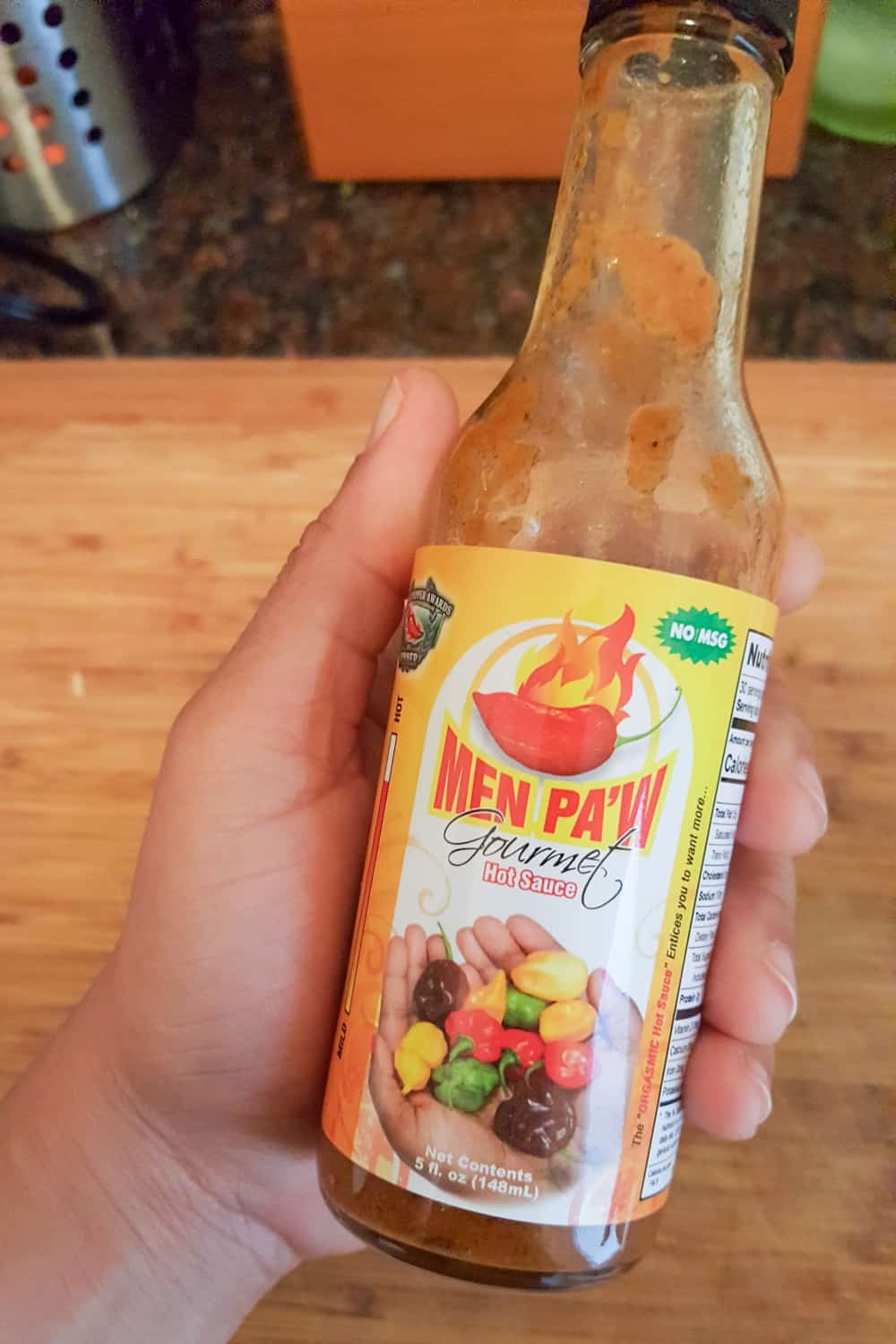
I can finish half a bottle of Cholula Hot Sauce on tacos. Submerge my wings in Frank Red Hot Sauce. Dab my boiled eggs with Tobasco. I can't eat my pollo a la plancha with black bean sauce and rice without a good habanero sauce. And I will not use one of the sauces with a different meal. Good peppers combine sweetness and smokiness, making them unique and perfect for certain dishes.
Cooking Tips and Tutorials
What else do you want to learn about today?
- Holiday Kitchen Safety Tips: How to Cook, Serve, and Store
- What is Salmonella? For Home Cooks | Causes and Tips
- How to Cut Up a Whole Chicken | Step-by-Step Guide
- How to Marinate Chicken: Tips, Quick Methods & Flavorful Shortcuts
Frequently Asked Questions
Scoville Heat Units are a measurement of chili pepper spiciness, based on the amount of capsaicin, the compound that causes heat.
The Scoville Scale was created in 1912 by pharmacist Wilbur Scoville to measure pepper heat levels through taste testing, later adapted to more precise lab methods.
Currently, the Carolina Reaper holds the record for the hottest pepper, measuring over 2 million Scoville Heat Units.
Jalapeños are considered moderately spicy, ranging from 2,500 to 8,000 SHU, which makes them one of the most popular everyday chili peppers.
The Scoville Scale helps cooks choose peppers that match their desired heat level, making it easier to balance flavor and spiciness in recipes.
Leave a Comment or Ask a Question
I'd love to hear your thoughts, questions, or experiences with the Scoville Scale and Chili Peppers. Leave a comment or question and get a response from a professionally trained chef!





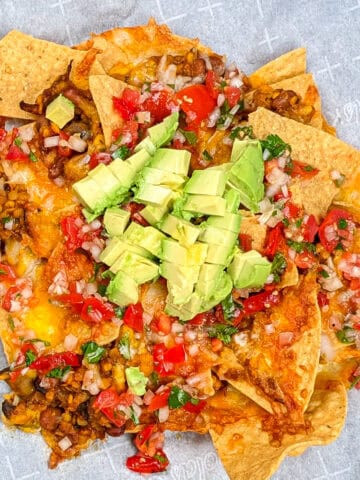
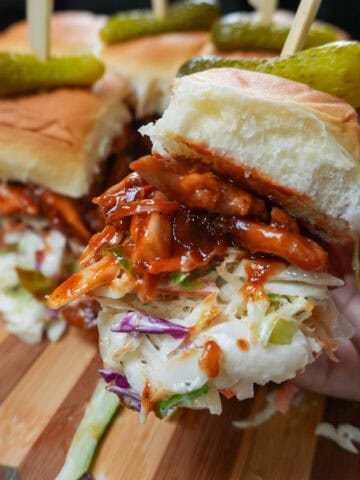

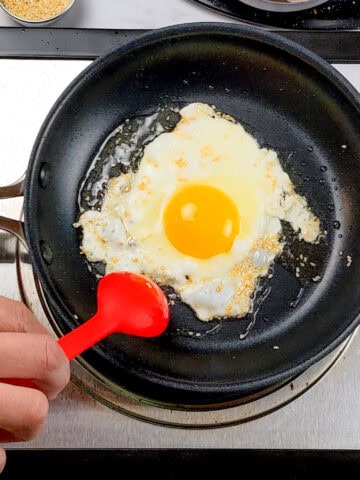
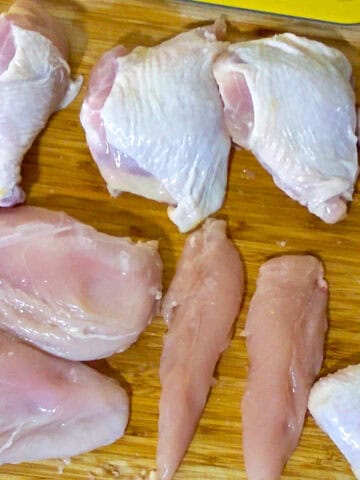
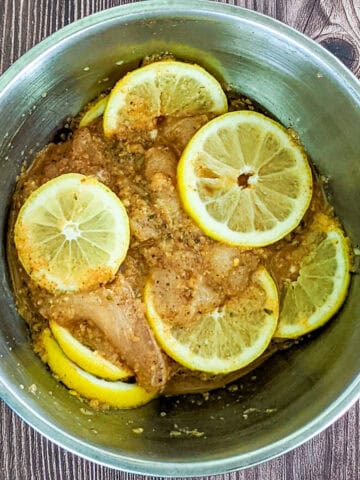




Leave a Reply